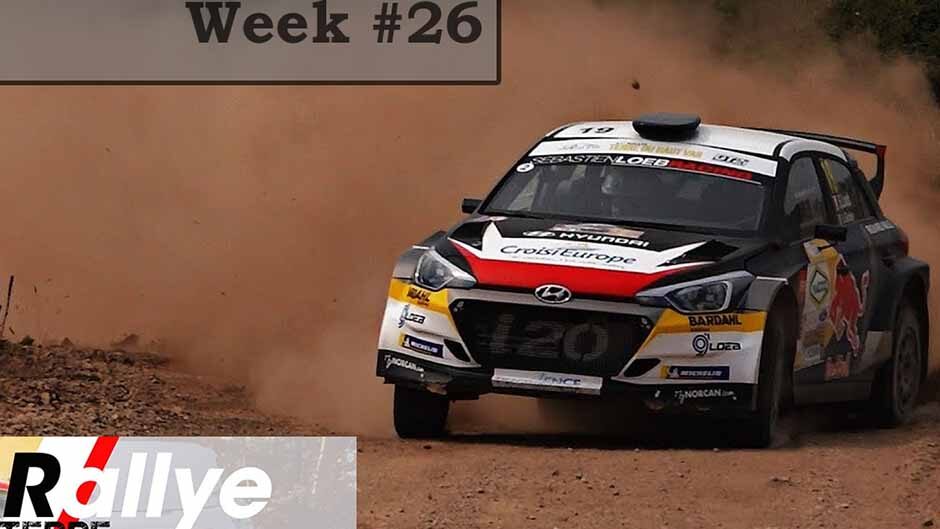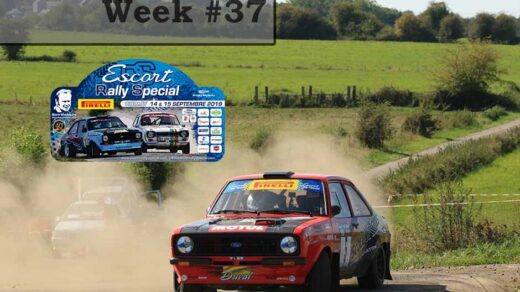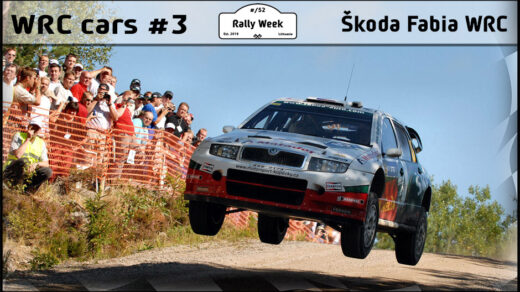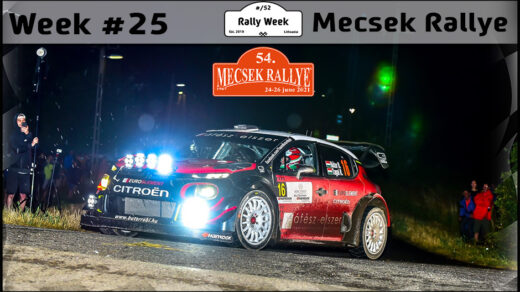France and Sebastian Loeb again. Legendary French continues his extracurricular activities by taking part in non-WRC rallies. It may sound strange, but in Rallye Terre du Haut-Var, which is the third France gravel championship event, Loeb came only fifth. But as always, it’s really unwise to do early assessments and not look deeper.

The rally itself was won by Thibault Durbec, who drove Citroen DS3 WRC car. Thirteen seconds slower – Lionel Baud with the identical car. Those two drives under the PH Sport flag. That is the exact team, which in 1997 saw and sheltered and young talent, which later became a 9 time World rally champion. PH sport also had helped drivers like Sebastian Ogier, Robert Kubica, or Stephane Lefebvre. So Loeb’s fifth place could be justified by the fact that 3 Citroen DS3 WRCs were in the race and Sebastian himself was driving a Hyundai i20 R5. But the point is that the Frenchman has won all but one of the stages. In the second stage, he lost nearly one and a half minutes by damaging the rear suspension. While he repaired the car in the road section, he was 15 minutes late to the time checkpoint before the third stage, receiving another two and a half minutes of penalty. So after stage three, Frenchman was only 42nd. But in other loops, Loeb was faster more than a second in a kilometer, climbing in leaderboard very fast. And by the end of the rally, he managed to get up to fifth place.
So “Oldman” Loeb still has what it takes, to tackle stages with maximum speed. One of the secrets of his speed – pace notes. Most drivers use speed indicators for corners like 1 is very slow and 6 – very fast. Or vice versa. Additional notes are added to this information, such as corner length, road gradient, pavement change, and so on. This information is usually sufficient to drive fast, but in new sections or locations with poor visibility and changing conditions, these notes may not be sufficient to drive at maximum speed right away. Especially when you drive much slower in recce.
In S.Loeb’s pace notes, there are only a few speed indications. He uses a descriptive method to cover full information about the corners and everything related to them. This is a tremendous amount of information, so it’s really hard for D.Elena to communicate everything. And it’s no less difficult for a driver to understand, especially in twisty sections. But through many years of practice, getting used to the system brings a lot of benefits. Almost every turn is written down in degrees. Since the corner makes a certain angle viewed from above, it is marked in Loeb pace notes like left 140 ° or right 80 °. This information is often supplemented by the corner length in meters or verbally indicated the location of the turn apex, where to position the car before and after the corner, how much is possible to cut the corner, width of the exit, slightest changes in the pavement, etc. In other words, Loeb’s pace notes is a devilishly accurate described path with all its nuances. Then it’s no matter what weather conditions are or what car is driven – driver always knows what awaits him and can drive maximally precise within conditions. This is especially important in blind corners or reduced visibility.
Say Thank You and become a part of Rally Week












